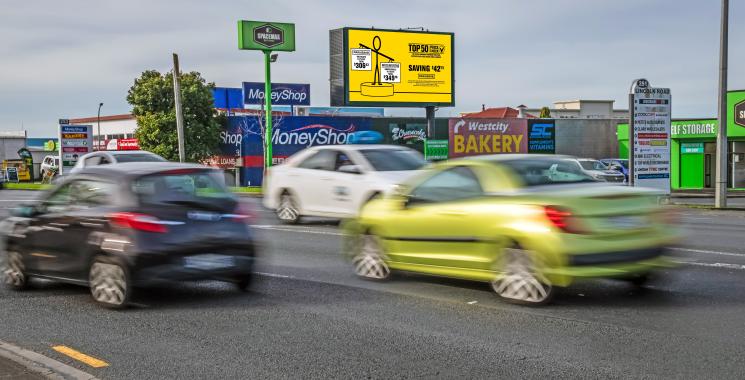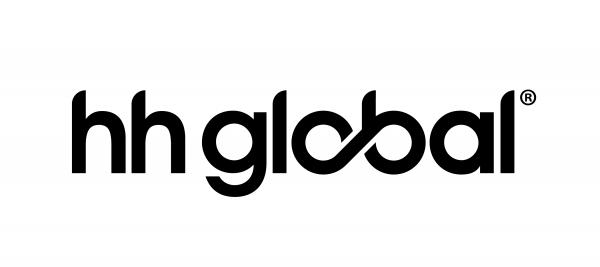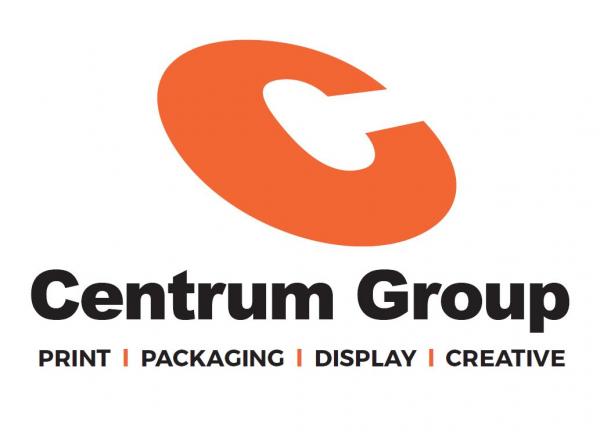
YouGov reveals Australian impulse buying habits
While the rising cost-of-living continues to challenge Australians, new research from ShopFully, in collaboration with YouGov, highlights that the nation’s love for spontaneous shopping remains strong.
Despite financial pressures, 80% of Aussie adults have indulged in an impulse purchase while in-store, since the beginning of 2024, with 36% doing so in the last week. This resilient shopping behaviour underscores a rising trend in purchase decision making, and offers an opportunity for retailers to better enhance their marketing efforts.
ShopFully, global leader in Drive to Store, partnered with YouGov to survey a nationally representative sample of 1,044 Australians aged 18 years and older in early July, in an effort to uncover impulsive shopping behaviours.
Impulse buying
Along with a majority of shoppers (80%) who made an unplanned purchase since the start of the year, a near unanimous 92% of Australians have admitted to buying something impulsively at any point.
“While it’s fairly normal to believe almost all of Aussie adults have purchased something impulsively at some point in their lives, it’s extraordinary to see over a third of Aussies have made an impulse purchase in just this past week,” says ShopFully Country Manager for APAC Brendan Straw. “This prevalence of spontaneous spending highlights just how impulsive we can be as shoppers, even suggesting a growing behavioural trend, despite economic pressures currently affecting the nation.”
The study found this habit is quite similar across genders and generations, however the younger generations are more likely to have made an impulsive purchasing decision since the start of the year, with Gen Z most prevalent, followed by Millennials, Gen X and then Baby Boomers.
Households with children at home, under the years of 18, are more likely to have made an in-store impulse purchase at some point in 2024 compared to those without. Similarly, Aussies with higher household incomes are more likely to have made an in-store impulse buy within the last month ($50K – $99K: 65%, $100K – $149K: 67%, $150K+: 71%) compared to those with a household income of <$50K (55%).
“Given their dynamic lifestyles and varied needs, it makes sense that younger generations and families with young children are more inclined towards impulsive shopping. This trend suggests that as these demographics continue to grow, retailers can expect a sustained or even increased pattern of impulse purchasing in the coming years,” Mr Straw said.
Thoughtless purchasing
In the same vein, the recent YouGov survey revealed a staggering eight in ten Australians spend money on items or services without considering the cost; with the most common purchase in this category clothes and accessories, coffee, and takeaway. Household items and dining out also featured prominently.
“It’s fascinating to see how small indulgences such as coffee and takeaway remain a priority, reflecting the value these ‘luxuries’ bring to our daily lives,” he said. “Even in the face of rising living costs, it’s clear that these simple pleasures continue to hold significant importance for many Australians.”
When examining how this plays out by gender, men are more likely to make a spontaneous purchase on takeaway (27% vs. 21%), restaurants (27% vs. 16%), hobbies/events (20% vs. 13%), alcohol (17% vs. 10%), and electronics (18% vs. 6%). Conversely, women are more inclined to spend without thinking on gifts for others (23% vs. 15%) and toiletries/beauty products (21% vs. 11%).
Generationally younger adults (Gen Z, Millennials and Gen X) are more likely to spend without considering the price compared to Baby Boomers. Gen Z, in particular, leads this trend, in spending on restaurants (37%) and toiletries/beauty products (26%).
Retail opportunities
This data shows us that retailers and brands not only need to focus on the first steps of the funnel, when people are looking for products, discovering new brands or shops, but also on the last steps, when they are approaching or inside the store.
“Retailers could leverage this tendency for impulse purchases by strategically placing enticing products at checkout counters and along store aisles, making them more visible to the shopper. Additional promotions offered through an omnichannel approach, and in-store marketing tailored to families and younger generations could also be a strategy to further boost impromptu sales,” Mr Straw said.
“Impulse shopping and spontaneous spending indicate a dynamic retail environment where consumers seek immediate gratification and convenience, even amidst a cost-of-living crisis. For retailers, this means crafting a shopping experience that is both enjoyable and strategically designed to cater to these impulses. By encouraging customers to visit their stores, businesses can capitalise on the high rate of in-store impulse buying, providing value and deals that appeal to budget-conscious shoppers, while also strengthening customer relationships. This approach is crucial for cultivating long-term clients in challenging economic times.”











